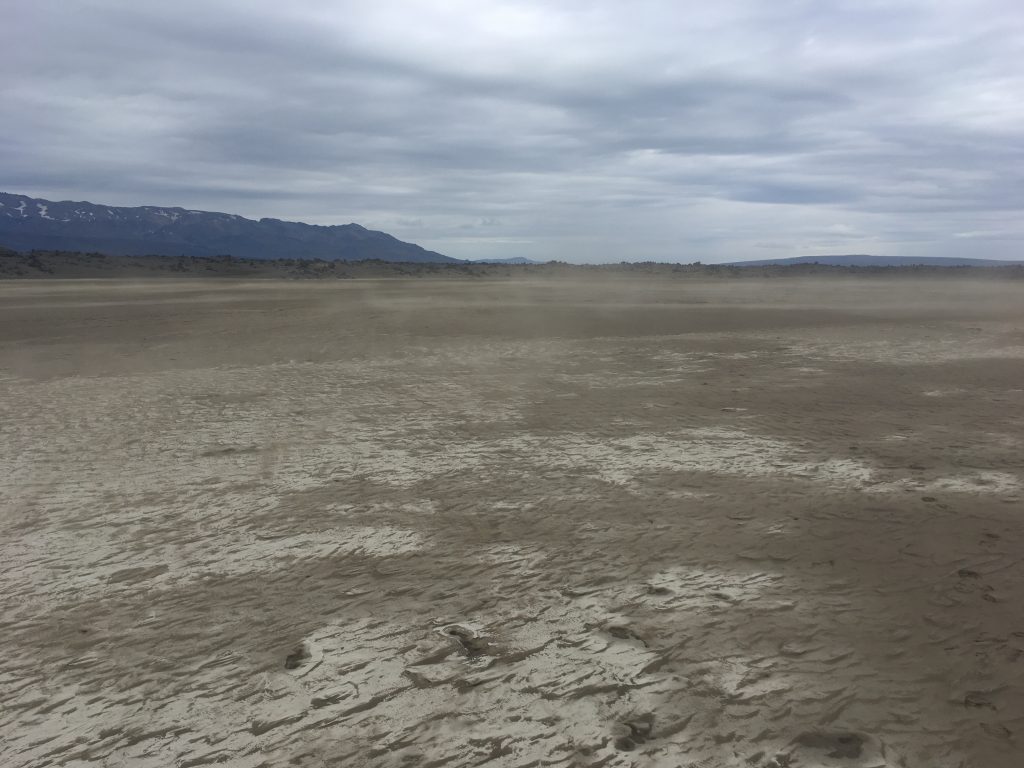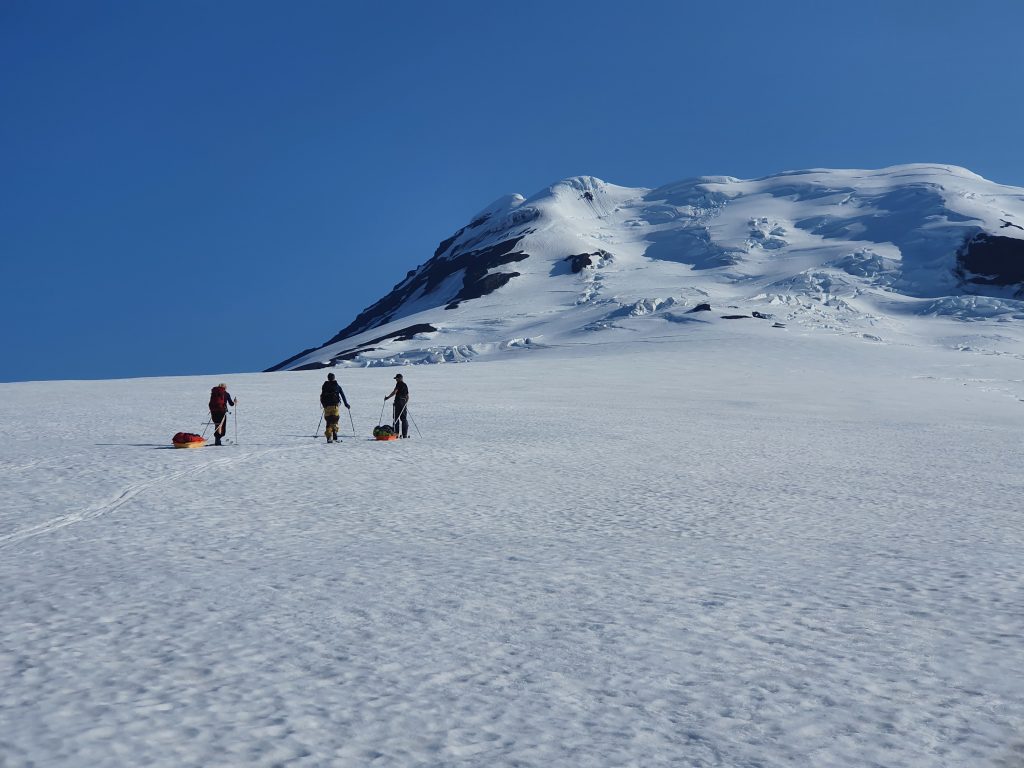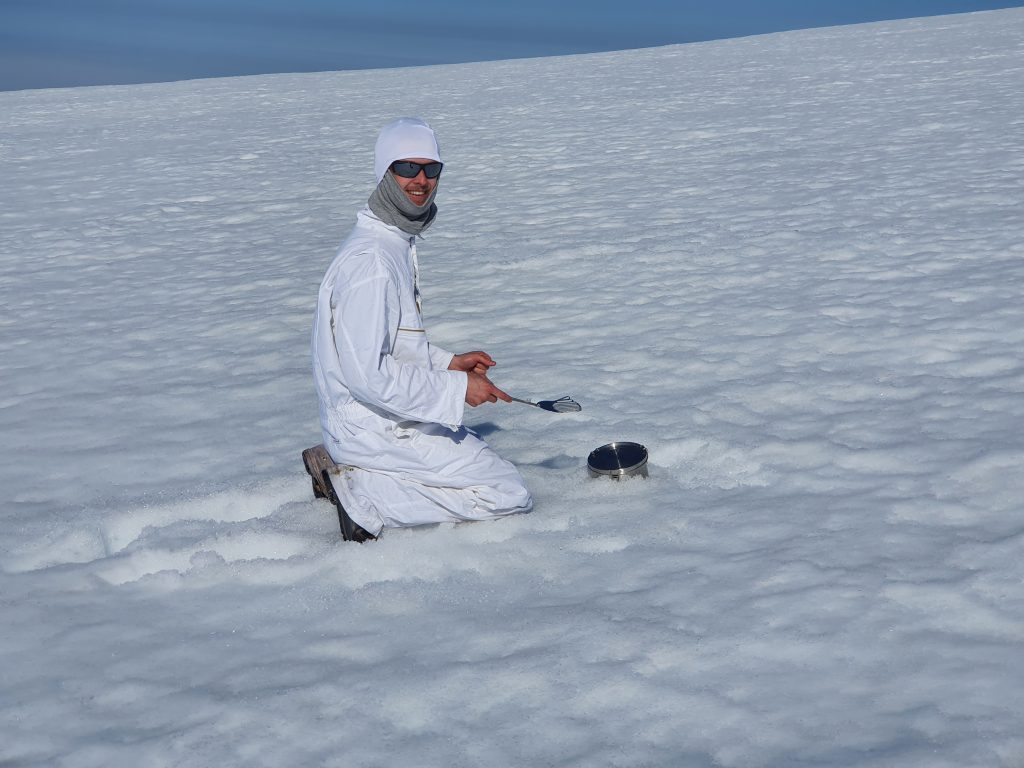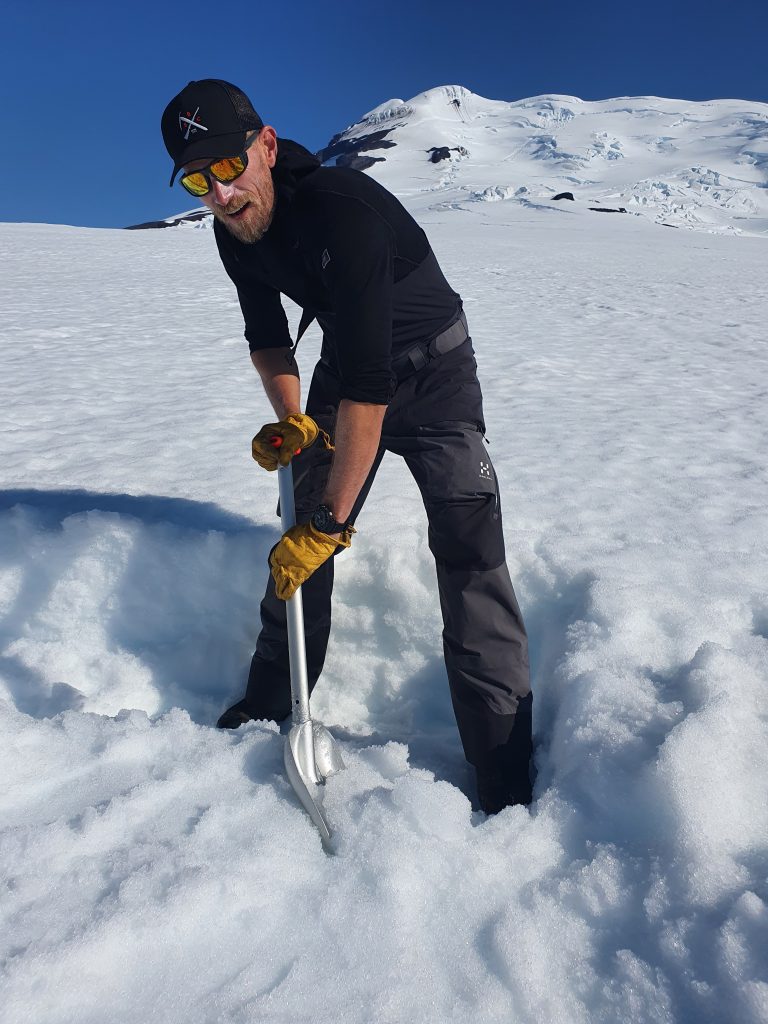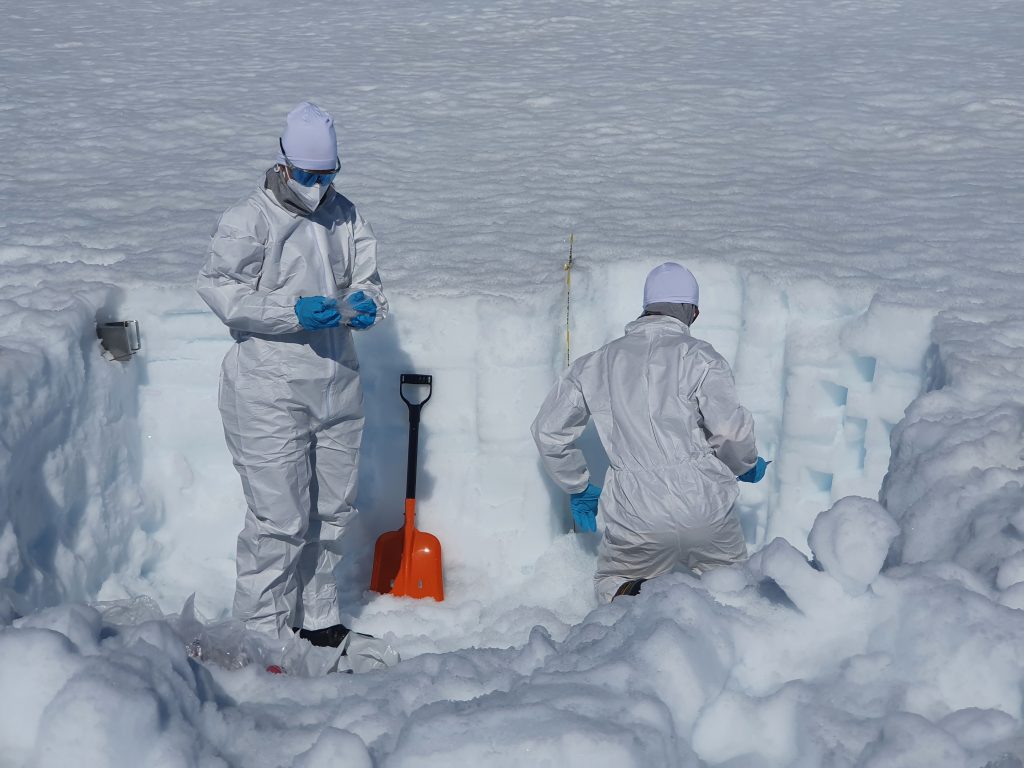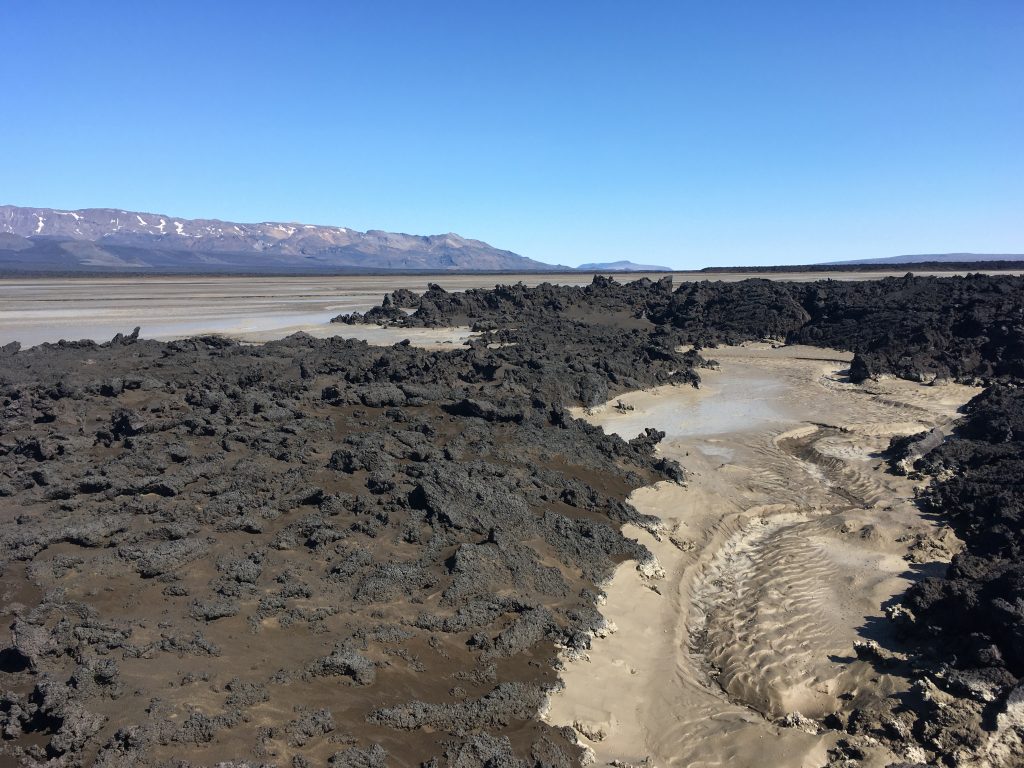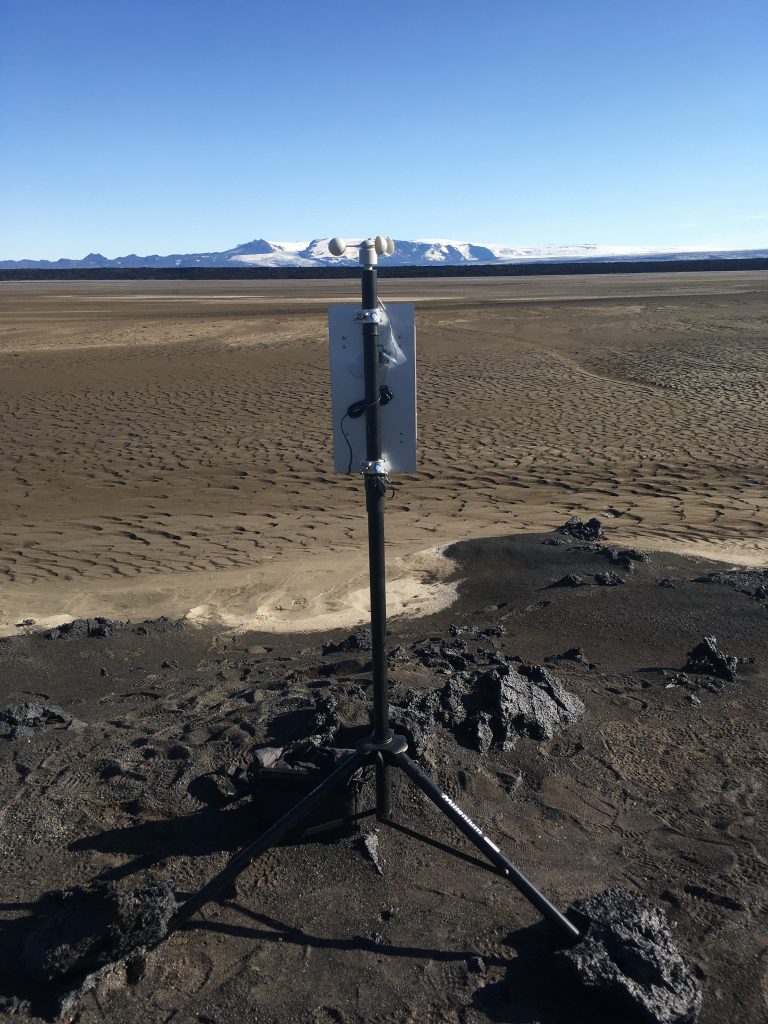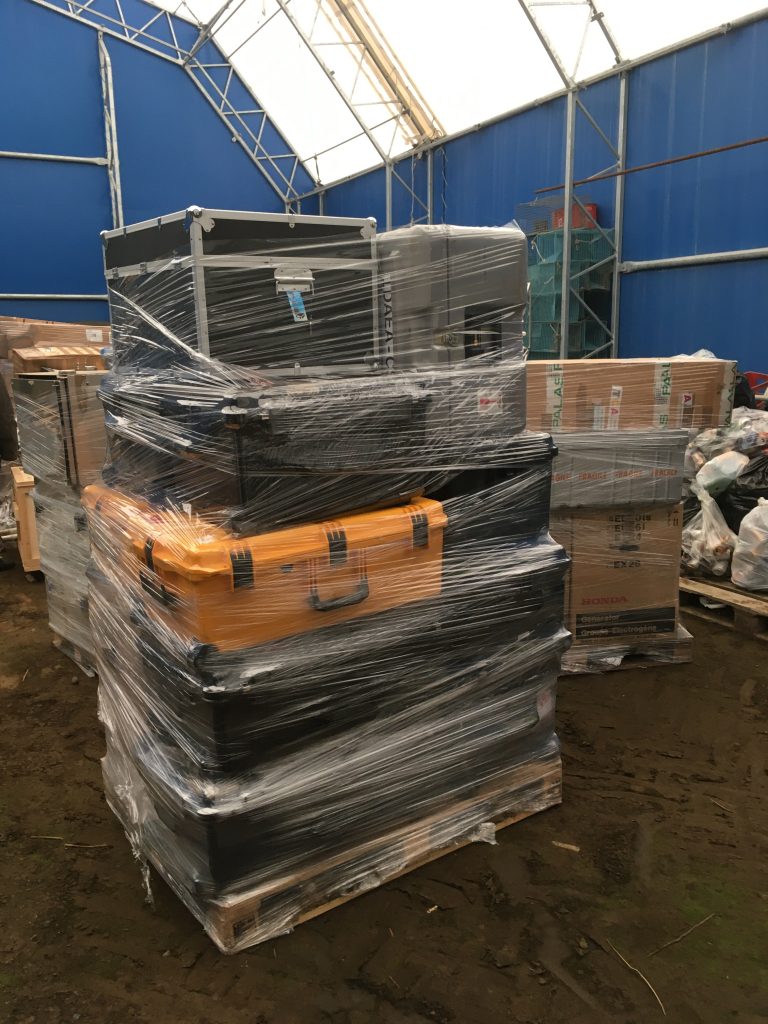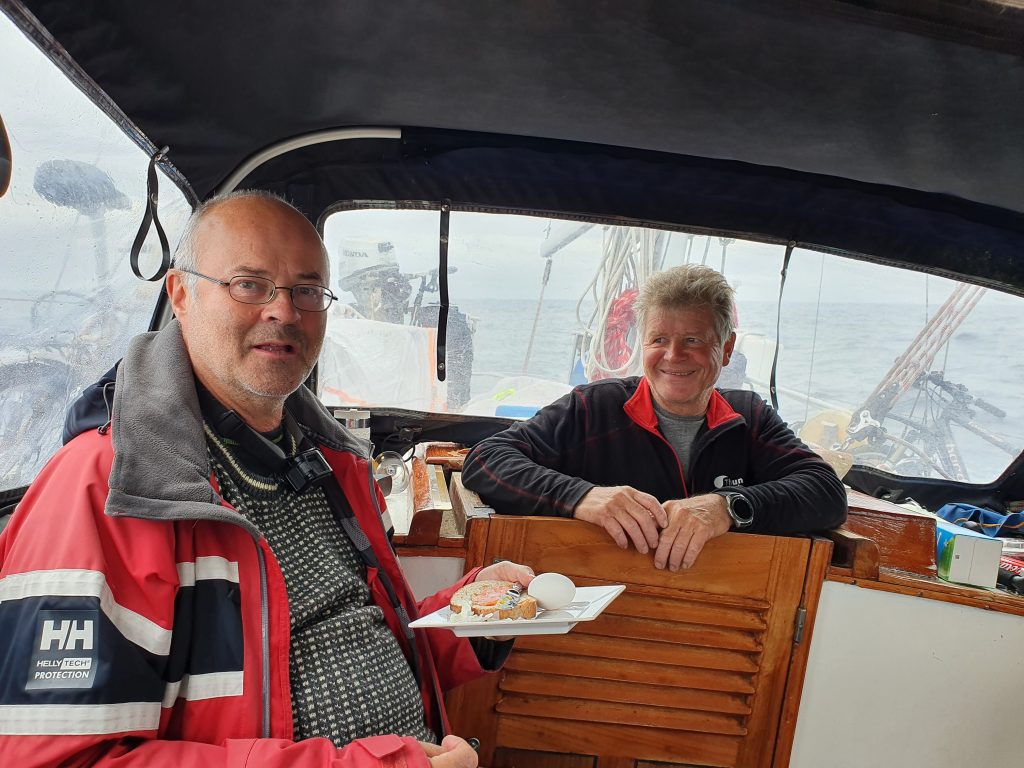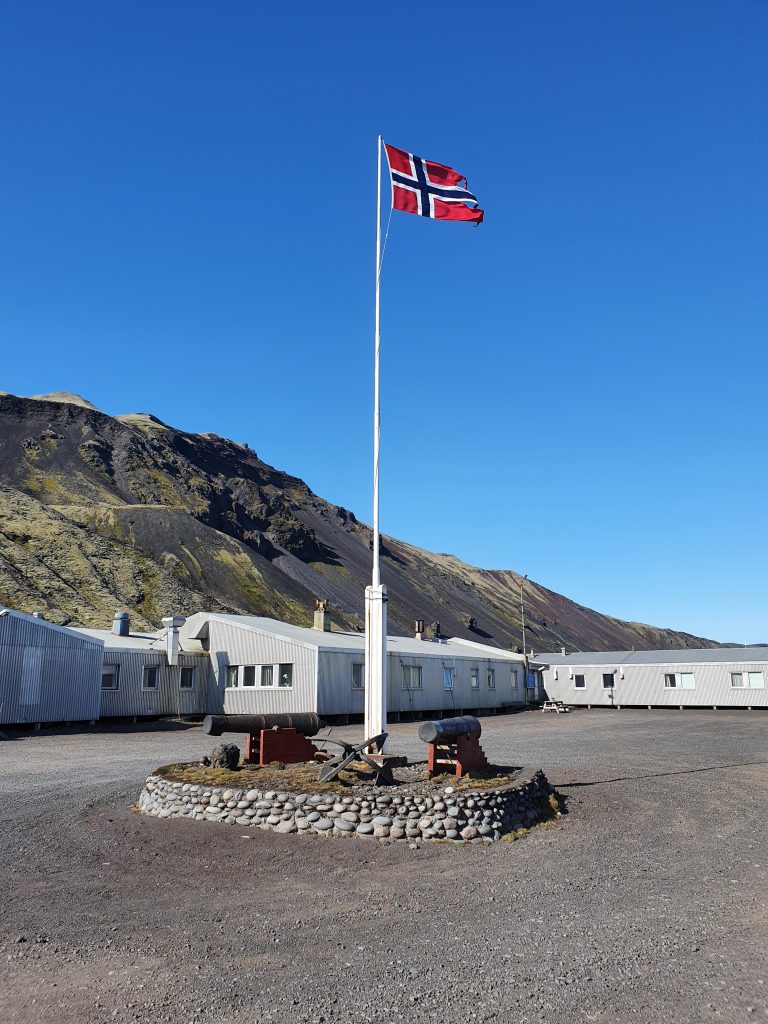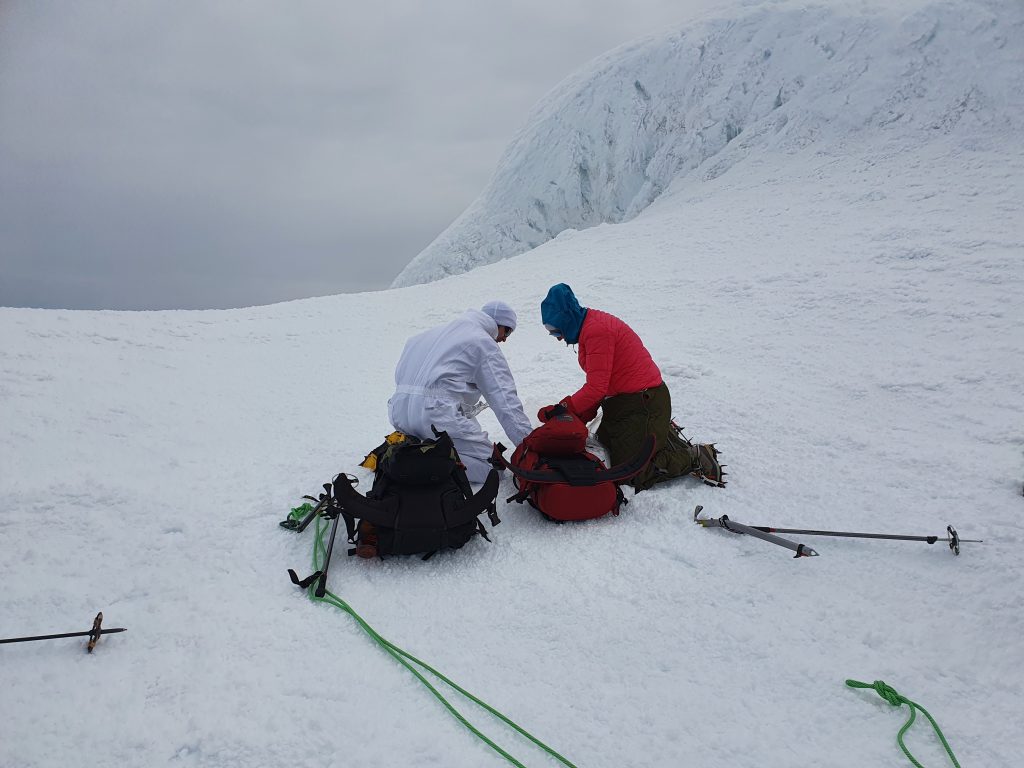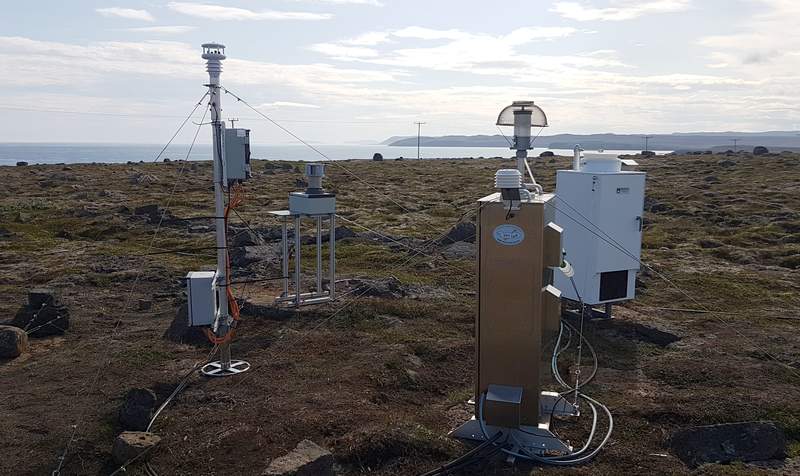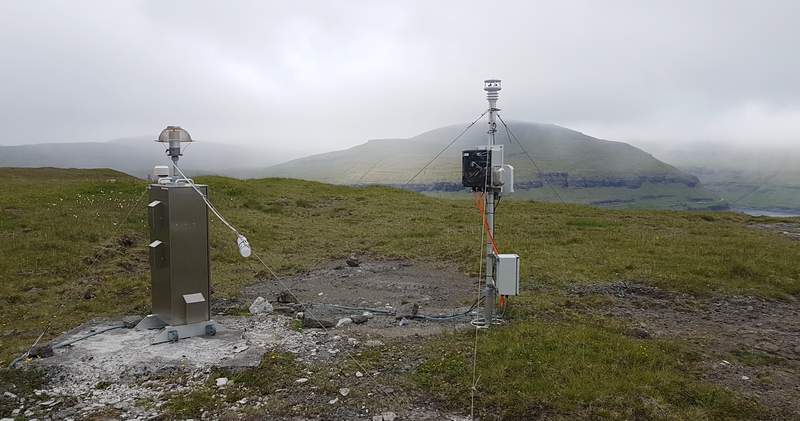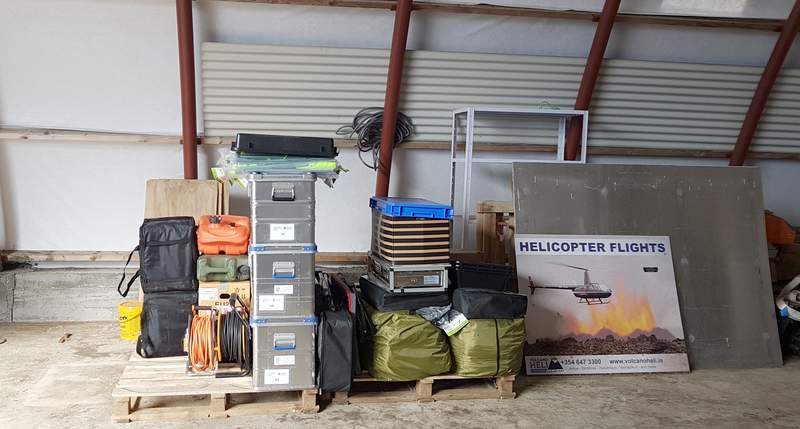In order to better understand how dust suspended in the atmosphere is dispersed, we use mobile optical particle counters (OPCs). Mobile implies a kind of a mobility in the sense that they can be easily transported by car or in a backpack, which is extremely helpful when mounting them in rugged terrain somewhere and nowhere – as on Dyngjusandur. In a nutshell, the OPC is a device that sucks in some air and optically counts particles suspended in that air volume. Combined with some meteorological parameters measured at the site as well, we are able to infer information on the path dust plumes travel through the atmosphere eventually leaving the Dyngjusandur source area towards the north.
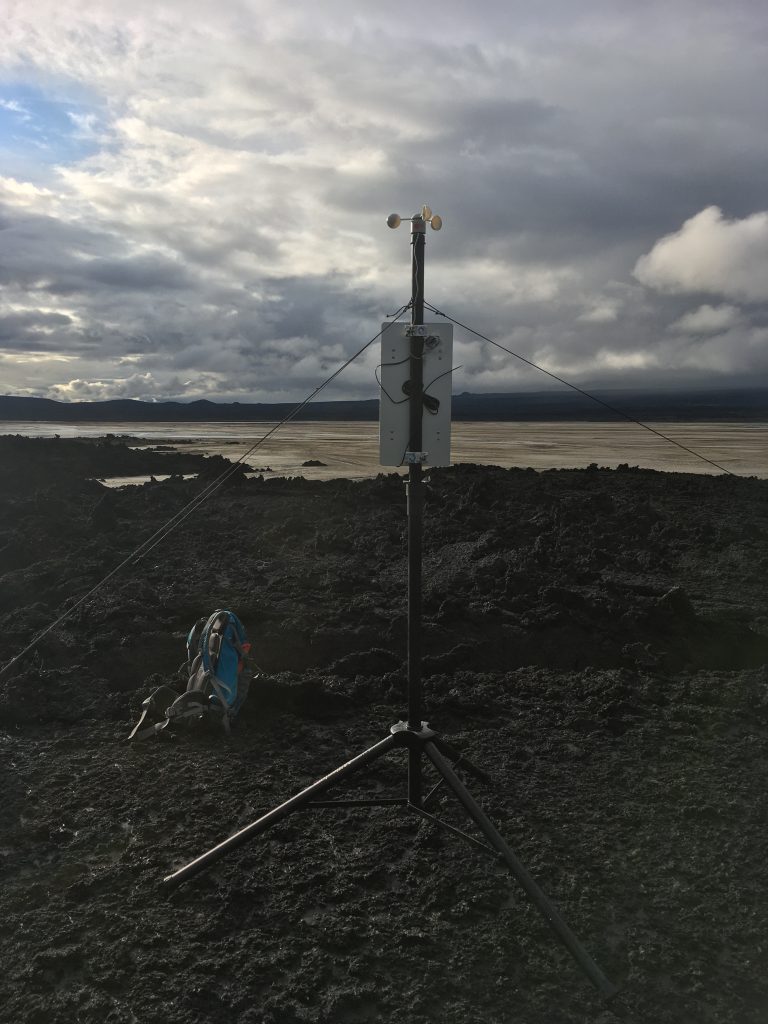
During the last days, we mounted the first OPCs in the Dyngjusandur area mainly in the middle and lower part. And they already provided us with some first data! Nevertheless there are still some failures we have to figure out. A healthy mix of hiking, walking and driving brought us to 10 out of the 20 locations we identified for the OPCs. At some sites it was quite challenging to strap the tripods on which the OPCs are mounted to the ground. The soil was as diverse as the weather: from rocks to pebbles to sand, from sunshine to drizzle to showers. However, looking back, I think we found some quite creative ways to tie the tripod. Fingers crossed, all tripods (and poles “drilled” into the soil) will stand high wind speeds we expect to see at some point.



